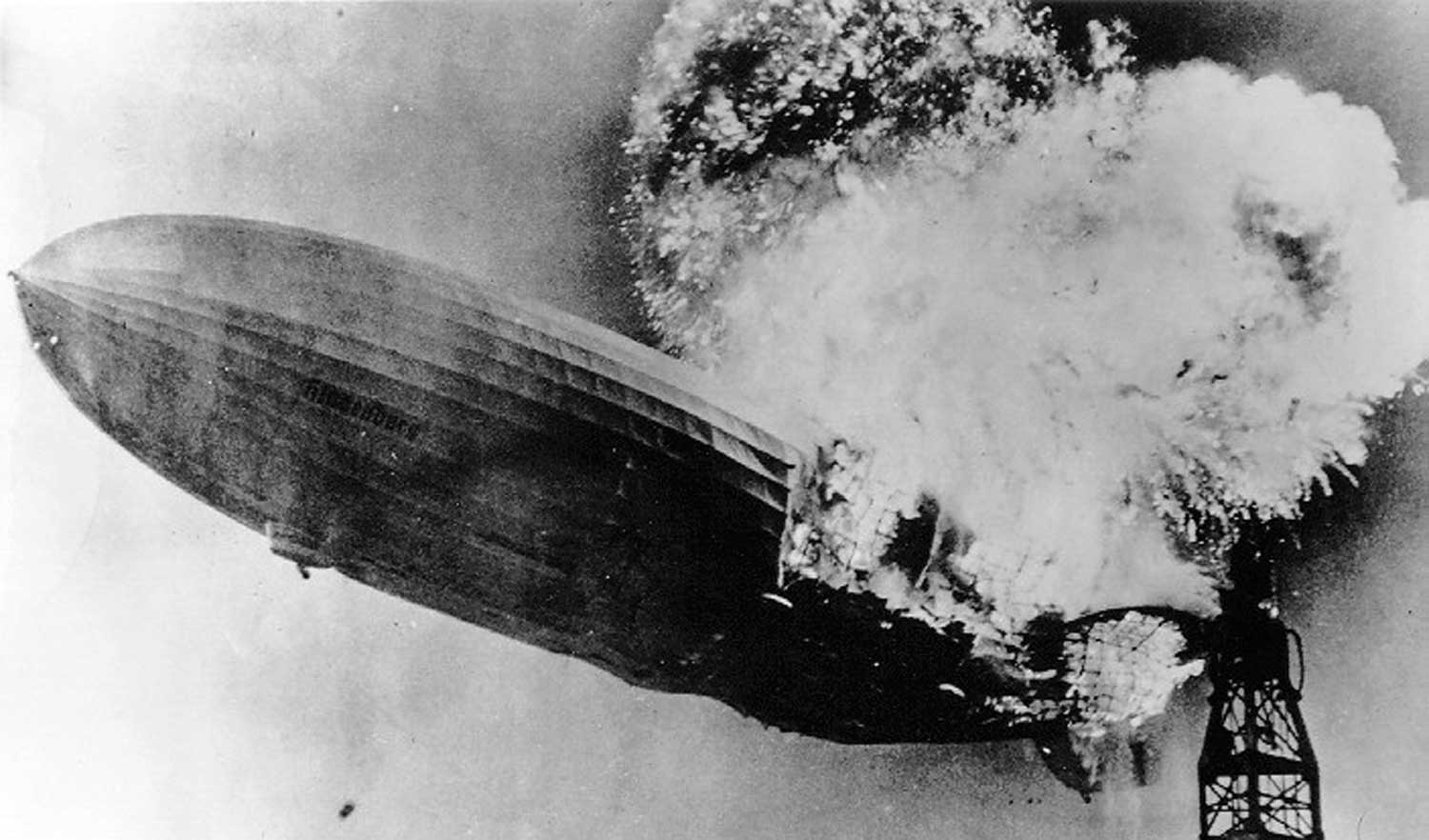1) Incident reviews serve multiple purposes. Some of these purposes are overt and explicit but many are not. Some of these purposes cut across others in unproductive ways. Competing agendas reveal the power dynamics present in the organization. A manager who complains that too few action items were produced has revealed his/her real interest: the reduction of an incident to a manageable discrete list of things to be done. See here.
2) The ostensible rationale for incident reviews is always incomplete and often misleading. Although virtually every organization’s leadership claims to be vitally concerned with learning from incidents, the structure and results of incident reviews tend to align with the real demands. The most common demand from management is the restoration of the perceived status quo ante so that comfort returns and “normal” work can be resumed. Especially for high-consequence events, assertions of authority and the appearance of deliberate, incisive action are essential demonstrations of management control. It is not uncommon for high-consequence events to be handled mostly in camera and for the open, formal incident review to take on the flavor of “incident theater”.
3) People learn different things from incident reviews (analysis and meetings). It would be strange if this were not so. The learning includes specific details of technical processes and many other things. Mental models of BelowTheLine vary widely. Incident reviews are opportunities to enrich and calibrate individual models and to promote model correlation across individuals.
4) The learning is seldom narrowly technical. As the process is inherently a social one, people learn how the organization responds to events, what tensions exist (between individuals, between teams, between management and workers, etc.), which topics are acceptable for discussion and which ones are forbidden, how power dynamics play out, how productive and unproductive management can be, and so forth. People learn these things whether or not those in charge want them to. [Side note: people almost always recognize the real (as opposed to stated) reasons that these events play out along certain paths.] See “Social issues in post-mortems” in the Stella Report.
5) Although written summaries of review meetings are common, it is impossible to capture what is learned from the experience. The incident review is a “live-action” event and even high quality video recording cannot recover the dynamic in the room. Choosing themes to discuss, handling the diversions and conflicts that arise, and engaging the individuals present are aspects of facilitation that depend heavily on the skill of the facilitator, skill that must necessarily be exercised in real-time.
6) We take it that one purpose of post-incident review could be to create as rich an opportunity for learning as possible so that every person attending can learn one or more things relevant to them and their work. The diversity of learning being unavoidable, this seems to be a good goal. This goal will necessarily be constrained by the conflicting requirements (see #1 and #2 above) and managing these is another demand on the facilitator.
7) It’s a marathon, not a sprint. We believe that creating and sustaining a rich learning environment requires commitment and effort over a much longer period than many appreciate — at minimum something like a year of consistent and deliberate engagements. Many organizations have driven post-incident reviews to become pallid, vapid, mechanical exercises whose value is limited to producing a defensible argument that management is occurring. Repairing this damage takes time.
8) There are other units of analysis. Most organizations treat a single incident as the unit of analysis — the incident is evaluated and countermeasures devised based on that evaluation. But groups of incidents can be compared and contrasted in order to extract themes and opportunities that are only dimly seen in the individual incident. We seldom find any such activity present in organizations we visit. This is not, of course, surprising given the sterile, myopic approach to the individual incident reviews!
